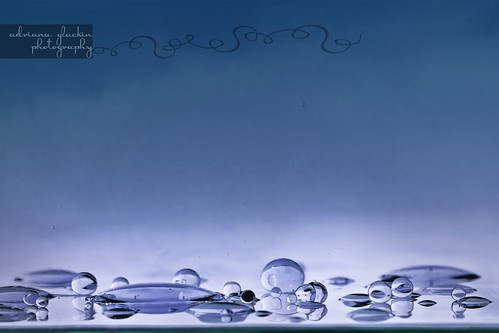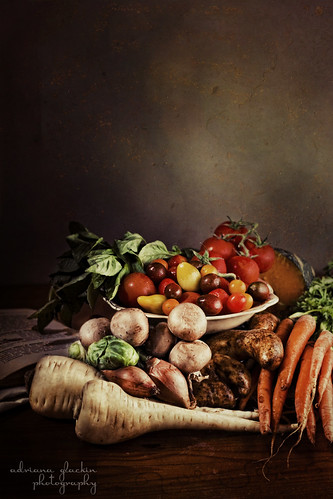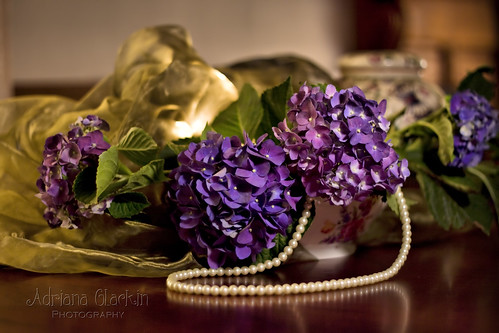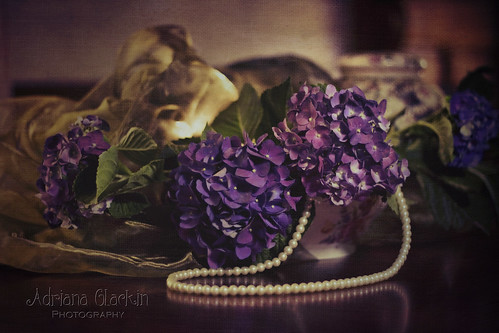
So you’ve finally installed your copy of Photoshop CS2, the one your friends have been raving about for months now and telling you how good it is and how you won’t be able to live without it. Yet, once installed, you can’t make heads or tails out of it? The language seems so foreign and you have no idea just where to start. Here are 10 very basic tips on getting to know and love Photoshop CS2 – you’ll see that in no time, you’ll agree that your friends are right on this one – you won’t be able to live without it!
Let’s begin:
1. When you open up an image for the first time, make a copy of that image and give it a name. Then promptly close the original image so that you have a record of it. To do this, simply go to the “layers” panel, right click on the background image and then select “duplicate layer” and select “new” in the destination bar. It’s good practise to do this each and every time, so that you maintain a record of the images in their original format, to those that have been edited.
2. Digital cameras use their sensors to see the images we see with our eyes. Sometimes images captured with our cameras aren’t as we remember them. That’s because no matter how sensitive the sensor, they’re still no match for our own eyes. To try and replicate the image we saw with our own eye, we need to tweak the levels, the contrast and the colour. When you’re just starting out, simply select “image” from the toolbar, go to “adjustments”, then select auto levels, auto contrast, and auto colour. You can always undo these steps in the history panel. And when you get more comfortable with PS, you’ll be able to tweak the levels, contrast and colour yourself from that same “adjustment” menu.
3. Is the photo still lacking that little something? Perhaps you need to apply “curves” to it. No, it won’t warp it into something unrecognisable (unless you want it to...) curves will simply help with the tonal range of your image. If your image is lacking contrast, it could be that the curve is a little flat. To remedy this go to “image” in the drop down menu, select “adjustment” then “curves”, a graph will display and you will want to make that line follow an “S” shape. As you’re tweaking it, watch the changes on your image, then simply select ok when you’re done.
4. Now, speaking of warping images. You’ve taken that perfect shot of that sunset. Compositionally it’s perfect, the colours to die for, but your horizon is crooked. Do you delete the image? No, of course not! Do you live with the image as is? No, of course not! To correct something like a crooked horizon line, go to “Select” in the toolbar, select ‘all” – you should have marching ants surrounding your image (hoorah!), go to “edit” in the toolbar and select “transform” from the menu. Now you have a selection of different methods of transforming your image – and it will depend what you want to do with it as to which method you choose. For this example, let’s select “skew”, then use your cursor to straighten up that horizon. When you’re done, just hit enter, the computer will have a think and you’re done.
5. If you’re still not sure whether that horizon is straight or you simply want to see if you’re following the “rule of thirds”, then go to “view” in your toolbar, select “show” then “grid” – these gridlines will tell you just how straight the lines in your image really are.
6. Get to know and love “Layers”. That is the one big mystery that catches beginners in PS time and time again. I’m sure volumes can be written about Layers alone, as they are crucial in turning an ordinary image into a WOW image. Layers means that you can divide your creation into different parts by assigning these parts to different layers. Different “layer effects” can be applied that can enhance your image, and you can blend more than one image together to create a totally new image – this is all possible by using layers. If I have an image of a flower and the background isn’t especially pleasing, then I can create a layer, position this above the flower image, select a brush and colour of my choice and begin to paint on that new blank layer. You haven’t destroyed the flower image, and any excess painting can simply be erased. Which brings me to the next point,
7. Make “Layer Masks” your next best friend to using layers. Using the analogy of painting a more interesting background for your flowers, there is an icon in your layers palette – the circle in a square, select that icon and you will see it will appear on the layer you had active. Making sure that the mask is the active of the two images on that layer, now select the “eraser” tool and make sure that the colour selection in your toolbox is set to black and white. White will erase what you have painted, and the black will add the paint back again. What this means, is that you won’t lose the image as it stands. There is nothing worse than making changes, finding you don’t like them, then finding you have to start all over again as the history panel has only gone back so far. Using layers and layer masks will help save a lot of time and effort, as what they do is act as a record for each editing change you make on your image.
8. Again discussing layers, don’t be afraid to select a choice other than “normal” when applying layers. One effect that is popular and creates a dreamy, diffused effect to your image, is the “Orton Effect”. To do this, you will need to duplicate your background image. Now with your duplicate, go to your “filters” toolbar and select “blur” then “Gaussian blur”, depending on your image and the effect, choose any number of pixels here. The greater the pixels, the more diffused and exaggerated the effect. Select ok, then go to the layers panel, select “multiply” and you now have a soft, dreamy, moody image. Selecting other effects such as overlay, soft light, hard light and so on will yield you different results, so have a play with the effects. You can always tone it down by moving the slider from 100% opacity to a lower amount.
9. Could your images use a little more sharpness to them? There are several ways of sharpening your image, but for me the easiest and most effective is the “High Pass” method. Begin with your background image, then duplicate. Go to the “filters” toolbar and select “other” from the drop down menu, then select “high pass”. Here is where you don’t want to overdo it. Only select between 1 and 2 pixels for a realistic look. The image shown should be quite grey with only the sharpest areas highlighted. Select ok, then in the layers palette, select “overlay” and your image is now sharper and crisper. If you still want to retain some areas that aren’t as crisp, simply apply a layer mask and erase the part of the high pass image you don’t want (remember to make sure you’re erasing the mask, and not the image).
10. Lastly, don’t be afraid to explore and play with his wonderful program – it has so much to offer, that these 10 basic steps really don’t even do it justice, but they’re a way to slowly introduce you to the joys of Photoshop. Keep a pen and notebook beside you so that you can record your steps and discoveries – there’s nothing worse than trying to remember exactly what you did last time. Most importantly, have fun, enjoy and create!


















 "Stellar Sealions in the Mist" by underdoc
"Stellar Sealions in the Mist" by underdoc 




 "Adventurer" by rsmac
"Adventurer" by rsmac











 "Let it wash over you" by Caroline Gorka
"Let it wash over you" by Caroline Gorka 











